#AlternativeFuels
Porsche Investing in Synthetic 'eFuels'
Despite Porsche transitioning to all-electric vehicles with the rest of Volkswagen Group, the brand believes that its customers will still want to drive around vintage gasoline models even after the European Union has banned them into oblivion. This is especially important for the iconic 911, which the company has repeatedly hinted would be one of the last models in its lineup to ditch internal combustion.
With countless racing series already devoted to classic examples of the car, Porsche wants to ensure there’s a solution for motorists who want to do more than pet theirs in a silent garage should the government introduce even stricter standards for automobiles than what’s already coming down the pike. So it’s revisiting alternative fuels — specifically a carbon-neutral alternative to gasoline that would work in traditional engines — from Chilean e-fuel producer Highly Innovative Fuels, with whom it’s already investing.
Junkyard Find: 2017 Toyota Mirai Fuel Cell
I have become accustomed to running into the unexpected during my junkyard travels, finding everything from a JDM Nissan Fairlady Z to a bullet-riddled Cadillac from a Mythbusters episode to a British tank. That said, I never expected to find a four-year-old hydrogen fuel-cell car, more than a thousand miles from the only state in which they were sold that year. This becomes the newest junkyard car I’ve documented, taking the top spot from the now-second-place 2015 Mitsubishi Mirage.
QOTD: Power to the People?
Later this week you’ll be reading about my exploits in a couple of alternative energy vehicles — the next-generation Nissan Leaf and Honda Clarity Plug-in Hybrid. Yes, dear reader, even this truck-loving rural boy can understand the need for companies to develop machines that don’t burn dead dinosaurs.
Surrounded by plug-in hybrids, battery-electric vehicles, and even a couple of hydrogen fuel cell cars, it got me thinking – what’s the most likely bet as the power source of the future?
2017 NYIAS: Honda Builds the Clarity Into a Family
Honda primarily uses the Clarity to prove its faith in the future of hydrogen-powered vehicles, but it doesn’t sell very many of the fuel-cell equipped cars — and those that are on the road are limited to the California coast. As one of the few hydrogen offerings in North America, the Clarity has broadened its role to encompass any form of alternative fueling. Wednesday at the 2017 New York Auto Show, Honda shed more light on the hydrogen-free EV variant of the Clarity, as well as its new plug-in hybrid.
That ought to boost Clarity sales to previously unfathomable levels. Honda is setting a U.S. target of 75,000 units over the first four years, a quadrupling of the company’s current electrified vehicle output. However, that’s a drop in the bucket compared to its EV sales goal of two-thirds of all light vehicle deliveries by 2030.
TTAC News Round-up: Honda Wants a Cheaper Future, Cash for Airbag Woes, and Tesla Races Itself
The world needs to be saved, but who wants to spend more money doing it?
That, cash lands on Takata-plagued dealers, Tesla takes to the track, BMW wants you in and out fast, and Volkswagen dreams of slaying the Prius … after the break!
TTAC News Round-up: New Salvo Hits Volkswagen, Korean Competition Looms, and Benz Big on Batteries
After seemingly using up its legal arsenal against Volkswagen, the U.S. is pulling its backup out of an ankle holster and taking another shot.
That, Kia and Hyundai might get a Korean competitor, Mercedes-Benz is feeling charged up, Audi is still a fuel cell fan, and Volvo wants to standardize EV recharging … after the break!
Honda Has Another Hydrogen Car It Wants To Talk To You About
Honda took the wraps off its hydrogen-powered FCV sedan Wednesday. It that will pick up from where the FCX Clarity left off last year.
The FCV will be shown Oct. 28 at the Tokyo Motor Show this year, alongside the automaker’s NSX and Civic Type R. (Any bets on what goes on sale first?) However, it probably won’t be called the FCV when it goes on sale next March in Japan in sometime after in the U.S. Like the FCX Clarity, the FCV may not have much of a life outside California — that’s really the only state with a semblance of hydrogen fuel infrastructure.
Junkyard Find: 1988 Chevrolet Sprint Electric Sport
Now that it’s possible to buy electric cars that actually do what cars are supposed to do, we mustn’t forget the very lengthy era— say 1970 to just a few years ago— during which all manner of optimistic-yet-doomed companies converted various econoboxes into lead-acid-battery-based EVs. Every once in a while, I’ll spot the remains of such an EV at a junkyard; we saw a junked EVolve Electrics 1995 Geo Metro EV conversion last year, and now a different Denver yard has given us this ’88 Sprint “Electric Sport.”
Born On The Cob: 680 Miles With E85
Last week, I reported on my decision to use E85 fuel in my 2009 Town Car for a week or so. How’d it go? Well, as it so happened, I accidentally veered off the road while texting and killed a



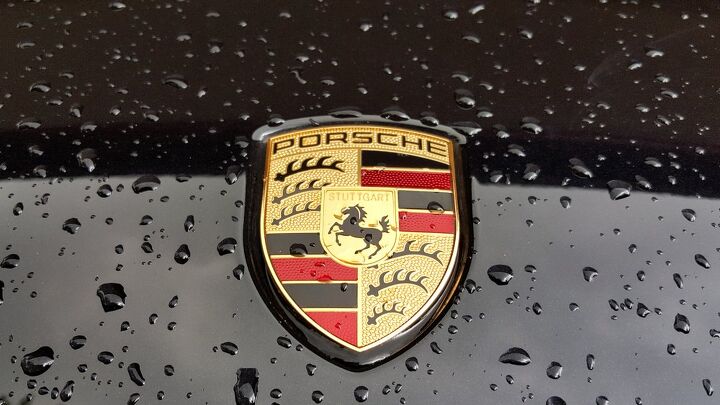
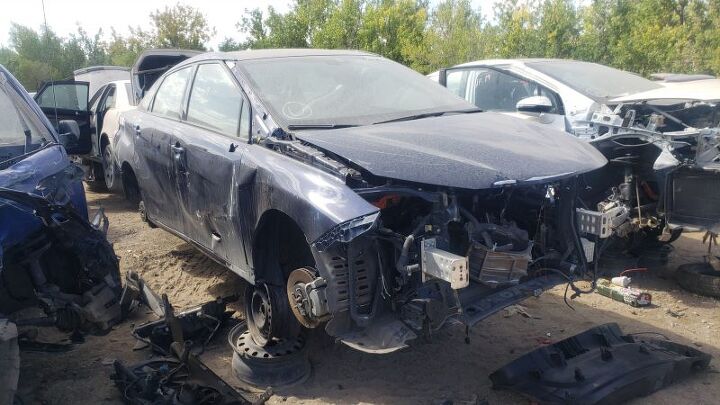

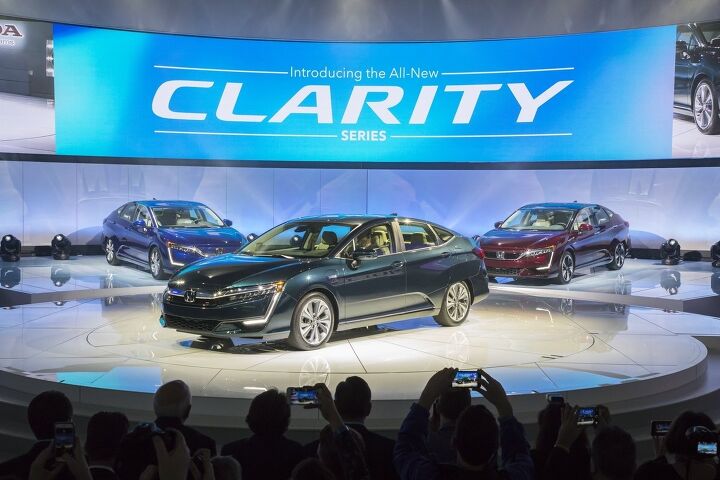



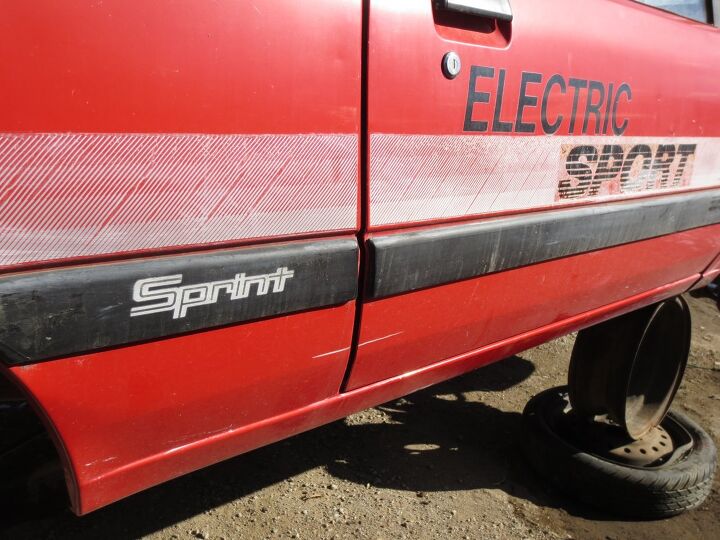
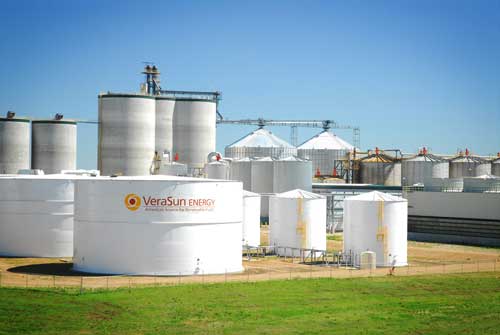












Recent Comments